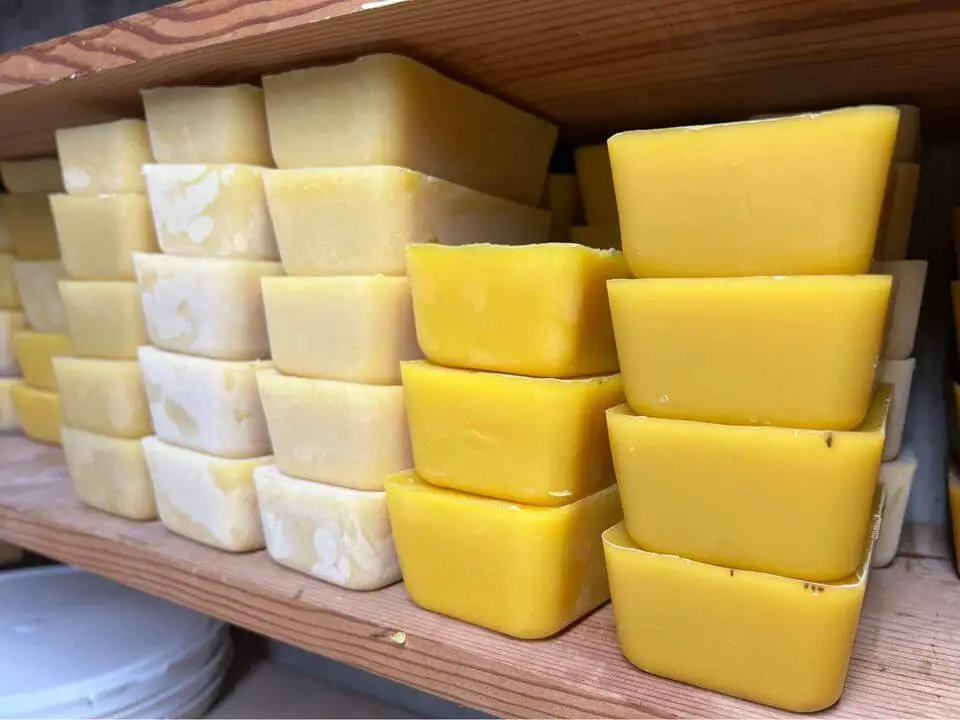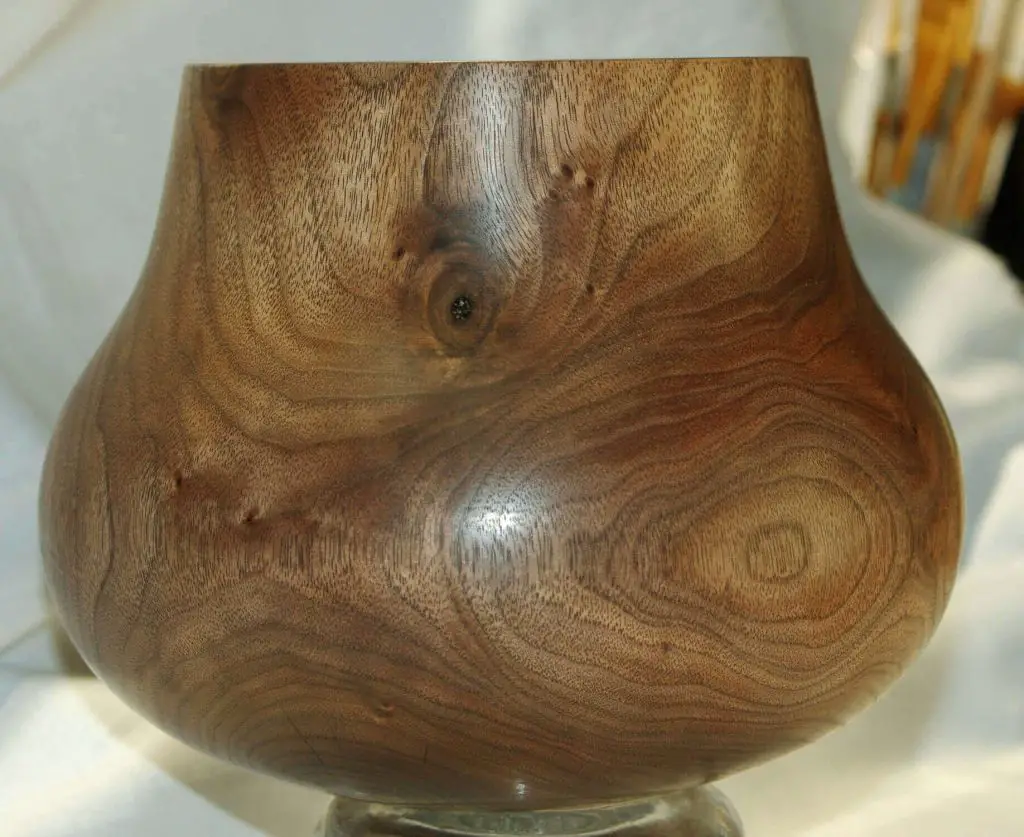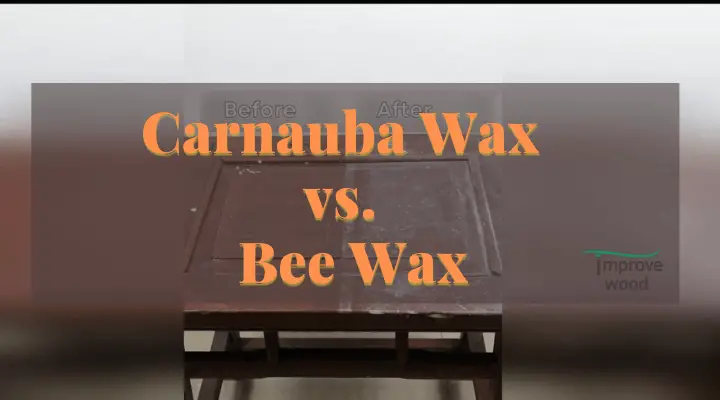Waxes play a pivotal role in enhancing the appearance of decorative items, serving both as standalone finishes and as polishing agents when applied over other finishes. Among the myriad options available, carnauba wax and beeswax stand out as the most popular choices. If you find yourself deliberating between these two exquisite waxes and are unsure about which one to use, this article will provide you with a comprehensive understanding and clear distinction between these remarkable options.
What is Beeswax

Beeswax is a natural wax that is produced by honeybees within their beehives or honeycombs. It is renowned for its purity, as it contains no synthetic or chemical additives, making it a safe and eco-friendly choice. This wax possesses exceptional water resistance, making it highly durable in various applications. Moreover, beeswax is widely accessible and affordable, making it a popular choice for both craftsmen and everyday consumers.
However, despite its numerous benefits, beeswax does have a few drawbacks. Due to its natural composition, it requires regular reapplication to maintain its protective properties, making it a high-maintenance product. Additionally, exposure to heat can result in the formation of unsightly white rings on furniture, diminishing its aesthetic appeal.
Read Next
- Will Polyurethane Protect Pine?
- Best Finish for Birch Plywood
- How to Treat Acacia Wood for Outdoor Furniture
- How to Treat Cedar for Outdoor Use
- Best Wood for Shelves
Carnauba wax

Carnauba wax, derived from the leaves of the Brazilian Carnauba palm, is a versatile natural wax widely used for enhancing appearance and providing protection to various surfaces, especially furniture. It boasts exceptional qualities, including a higher shine than beeswax and a very high melting point. The high melting point makes this wax very hard to buff by hand. This makes carnauba wax mostly recommended for floor finishing.
Carnauba wax vs Bee wax
The key distinction between carnauba wax and beeswax lies in their hardness. Carnauba wax has a higher melting point of around 180 degrees Fahrenheit, while beeswax, being softer, melts at approximately 130 degrees Fahrenheit. This disparity in hardness also translates to a difference in sheen, as carnauba wax tends to have a glossier appearance compared to beeswax.

Both carnauba and beeswax are typically used in combination with other waxes rather than in their pure forms. This blending allows for optimal performance and desired characteristics. For instance, carnauba wax is often blended with softer waxes like paraffin, reducing its hardness, melting point, and glossiness to achieve a desired balance of properties. By combining waxes, craftsmen and manufacturers can harness the best attributes of each wax for their specific applications.
Other differences to consider: carnauba vs beeswax
Beeswax tends to be relatively more expensive compared to carnauba wax. Additionally, beeswax possesses a grainy texture, which can lead to easier smudging during application.
When considering finishing waxes, a crucial factor to consider is the duration one should wait before wiping off the excess wax. This waiting time is dependent on the evaporation rate of the solvents utilized in the wax formulation. Solvents are employed to transform the solid wax into either a paste or liquid form, allowing for smoother and more convenient application.
Consider carnauba for floor finishing
In most cases, when you come across a product that prominently features a high concentration of carnauba wax, it is likely designed for machine buffing rather than hand buffing. This indicates that the wax is primarily intended for application on large surfaces such as floors, where mechanical buffing equipment can be utilized for optimal results. On the other hand, if your objective is to polish furniture, it is advisable to consider alternative wax types more suitable for this specific purpose.
When it comes to furniture polishing, there are numerous wax options available that cater specifically to the unique needs of enhancing and protecting wooden surfaces. These waxes are formulated with a balance of ingredients that provide a desired sheen, protection, and ease of application for furniture finishes. They are designed to be used by hand, allowing for more precision and control when applying the wax onto smaller and intricately detailed surfaces.
Factors to Consider Before Buying Carnauba Wax or Beeswax:

- Texture: The texture of the wax is an important consideration when choosing the best option for your project. Soft waxes are easy to apply but offer limited protection against wear, resulting in a less vibrant shine. On the other hand, hard wax provides enhanced protection and a brighter finish, albeit with a more challenging application process. The Carnauba wax bar is recommended for a shinier finish, especially for larger projects and wood lathes. Carnauba wax is known for its hardness, while beeswax falls into the moderately soft category.
- Price: Considering the price factor, opting for the most affordable option is preferable. Since carnauba wax is generally cheaper than beeswax, it may be the preferred choice. Cargen Natural Beewax stands out as the best and most cost-effective beeswax option.
- Wax Coating: Both carnauba and beeswax form a protective coating when applied to the surface. Carnauba wax creates a firm, less sticky and hard coating, while beeswax has a softer, stickier consistency, requiring more layers to achieve a strong coating. Adam’s Buttery Wax is highly recommended for new, long-lasting protection of your coating.
- Application Areas: Certain types of wood wax may be more suitable for specific projects. Carnauba wax solid bar is widely recommended for flooring applications due to its durability and performance in that context.
- Ease of Application: The ease of application is an important factor to consider when choosing a wood wax. The easier it is to apply, the more manageable and cost-effective the project becomes. Carnauba wax generally offers tough application and buffing, but beeswax spreads more easily due to its softer surface.
- Durability: Select a wood wax that ensures long-lasting protection for your furniture.
Carnauba wax vs Bee wax A summary
In conclusion, waxes play a crucial role in enhancing the appearance and protection of various surfaces, including wood. When choosing between carnauba wax and beeswax, several factors should be considered. The texture of the wax is important, as soft waxes are easier to apply but offer less protection, while hard waxes provide better durability and a brighter finish. Carnauba wax, with its high melting point and glossiness, is particularly recommended for larger projects and floor finishing.
